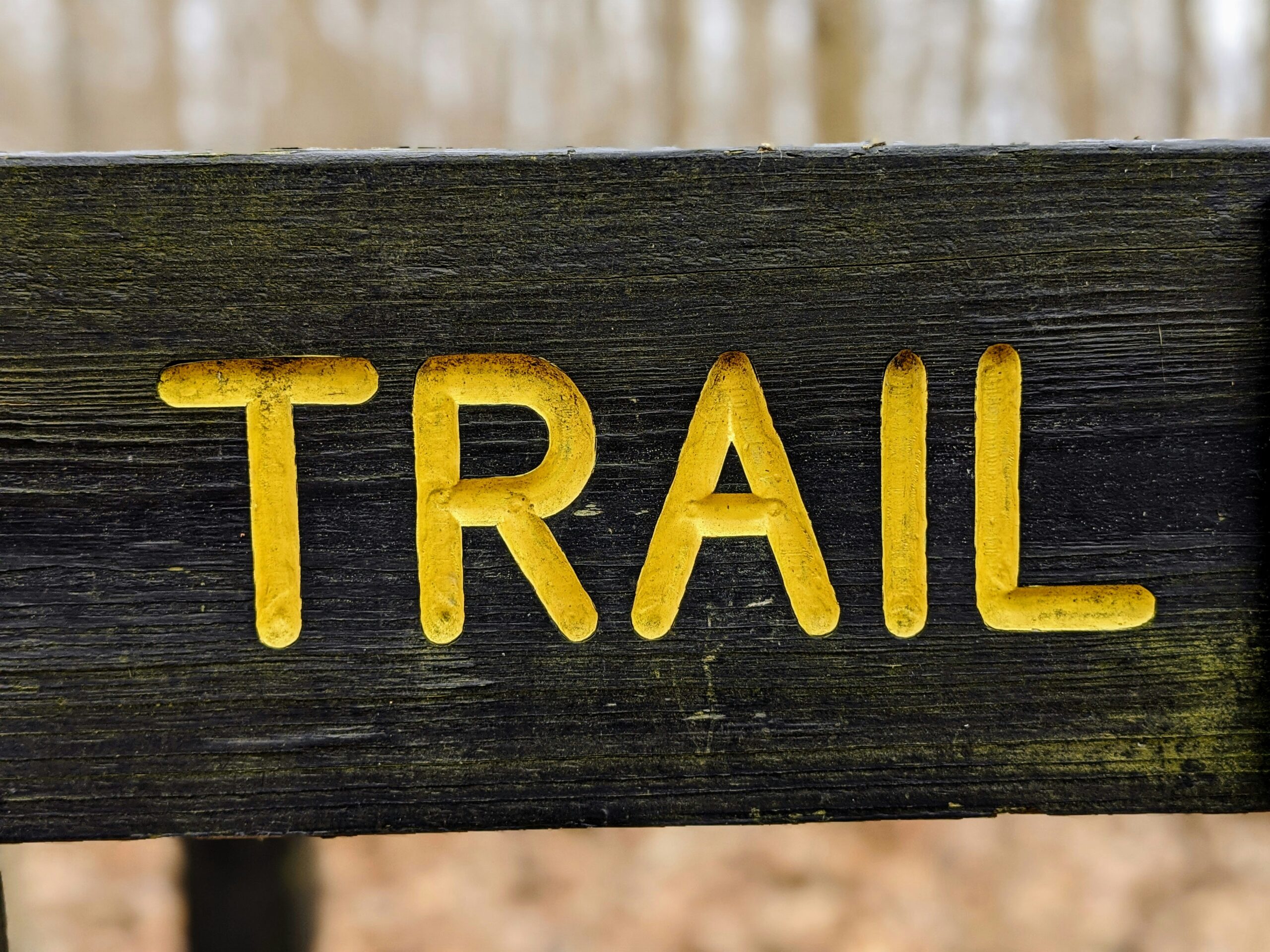
Exploring remote trails is an exhilarating adventure that offers the chance to connect with nature, push personal limits, and enjoy peace away from the bustle of everyday life. However, these areas often have certain risks due to their isolation, unpredictable terrain, and the lack of easy access to help. Whether you’re an experienced hiker or a first-timer venturing into the wilderness, staying safe is essential for a successful outdoor experience. Here’s how you can ensure your safety while exploring remote trails.
Plan Your Trip in Advance
One of the most critical steps to staying safe is thorough preparation. Before heading out, research the trail, the terrain, weather conditions, and any potential hazards in the area. Websites like AllTrails or local hiking organizations can provide valuable information on trail length, difficulty, and conditions. Knowing what to expect helps you assess whether the trail suits your skill level.
Ensure you understand the trail’s elevation gain and estimated completion time. Always take note of any emergency contact numbers and local ranger stations. Let someone know your plans—this could be a family member or friend who can call for help if you fail to return on time.
Pack Essential Safety Gear
Packing the right gear is another cornerstone of staying safe on remote trails. Essential items include a map and compass (or GPS device), a fully charged phone, a first-aid kit, extra water, high-energy snacks, and a flashlight or headlamp. Depending on the trail, you may also need bug repellent, sunscreen, and weather-appropriate clothing.
A portable power bank for your phone is crucial in emergencies, and a whistle can be an effective tool for signaling if you’re lost or injured. An emergency blanket is lightweight but can provide warmth and shelter if the weather turns unexpectedly.
Know Your Limits
When exploring remote trails, knowing and respecting your physical limits is crucial. Trails in remote areas can be strenuous, with uneven surfaces, steep climbs, and varying weather conditions. Listening to your body and avoiding pushing yourself too hard is essential.
If you’re new to hiking or a particular trail, consider doing a shorter route or visiting during a time of year when conditions are safer. If you start feeling fatigued, dizzy, or unwell, returning to safety is best. Cutting your adventure short is always better than risking your health or safety.
Stay Aware of Your Surroundings
Staying aware of your environment is key when exploring remote trails. Wildlife can pose a threat, especially in areas inhabited by bears, snakes, or other potentially dangerous animals. Keep a safe distance from any wildlife you encounter and store food properly to avoid attracting animals.
Additionally, weather conditions in remote areas can change quickly. Sudden storms, temperature drops, or strong winds can turn a pleasant hike into a dangerous situation. Carry rain gear and check the weather forecast before heading out. If conditions deteriorate, be ready to turn back.
Hike with a Partner
Hiking in remote areas is always safer when you have a companion. Having someone with you ensures that help is readily available in an emergency. In addition to being a safety measure, hiking with a friend or group enhances the experience and can be more enjoyable. Ensure you’re both on the same page about the trip’s details, such as the route, pace, and turnaround time.
If hiking solo is essential, it’s still wise to inform someone of your whereabouts and when you plan to return. Cell phone service can be spotty or unavailable in many remote areas, so sharing your itinerary is vital for safety.
Respect the Environment
While staying safe is the priority, don’t forget to respect the environment. Stay on marked trails to avoid getting lost and disturbing the natural habitat. Bring back everything you take, including trash, and leave no trace of your visit. Environmental protection ensures that remote trails remain accessible and pristine for future explorers.
Know What to Do in Case of an Emergency
Despite all precautions, emergencies can still happen. Being prepared for unexpected situations can be the difference between life and death. If you get lost, remain calm and try to retrace your steps. If you cannot find your way, stay put to conserve energy and increase the likelihood of being seen.
In the event of injury, assess the severity and try to stabilize yourself as best as possible. If you have a first-aid kit, use it to treat cuts, scrapes, or other injuries. If necessary, use your whistle to signal for help. If you cannot call for help via phone, the portable power bank can help boost your signal to contact emergency responders.
Exploring remote trails can offer profound solitude, beauty, and adventure. However, staying safe while venturing into these wilderness areas requires thoughtful planning, proper equipment, and a respectful approach to nature. By preparing well, knowing your limits, and staying aware of your surroundings, you can have a safe and enjoyable experience on even the most remote and rugged trails.